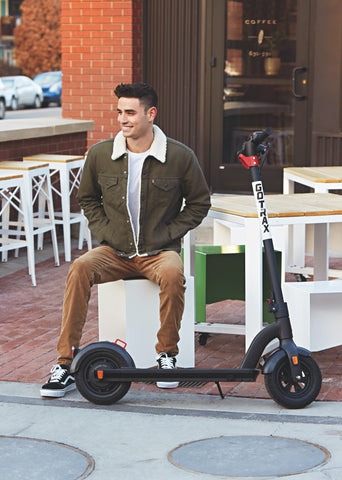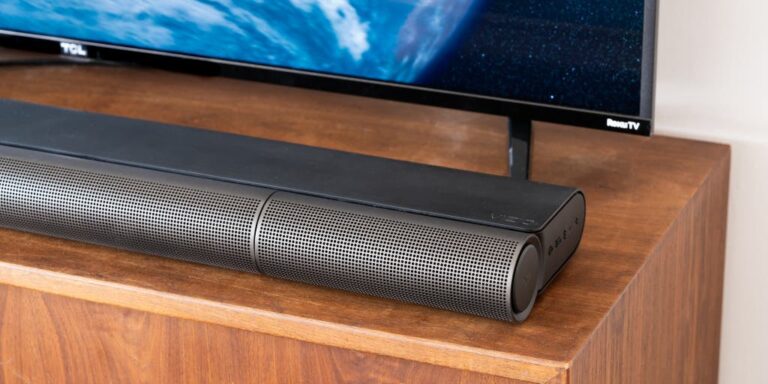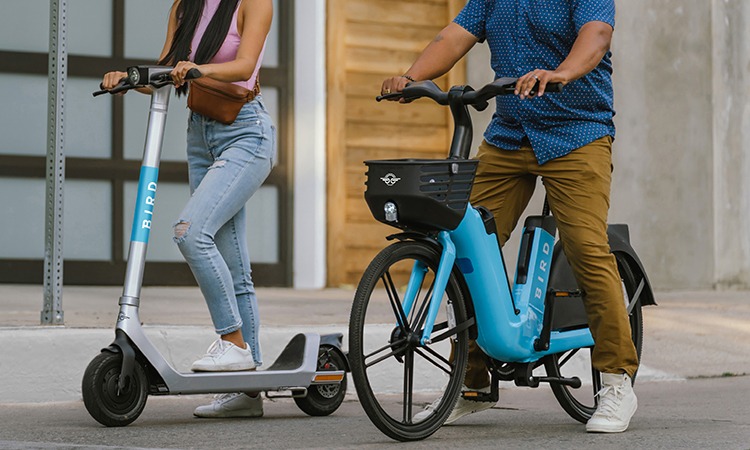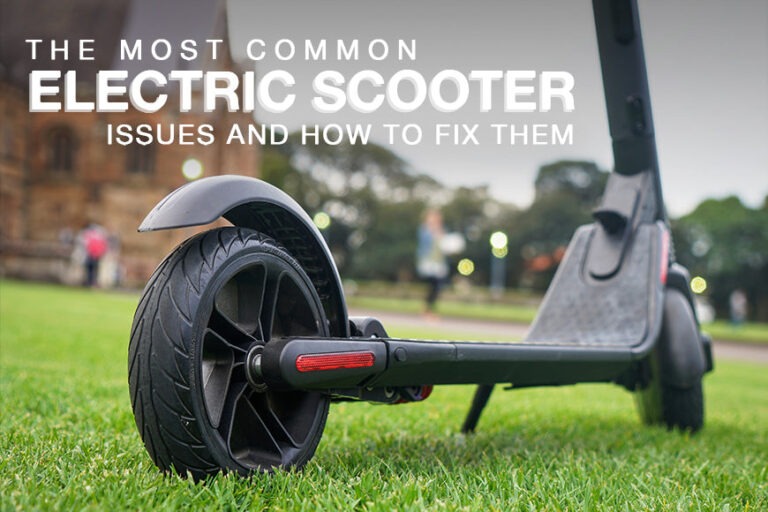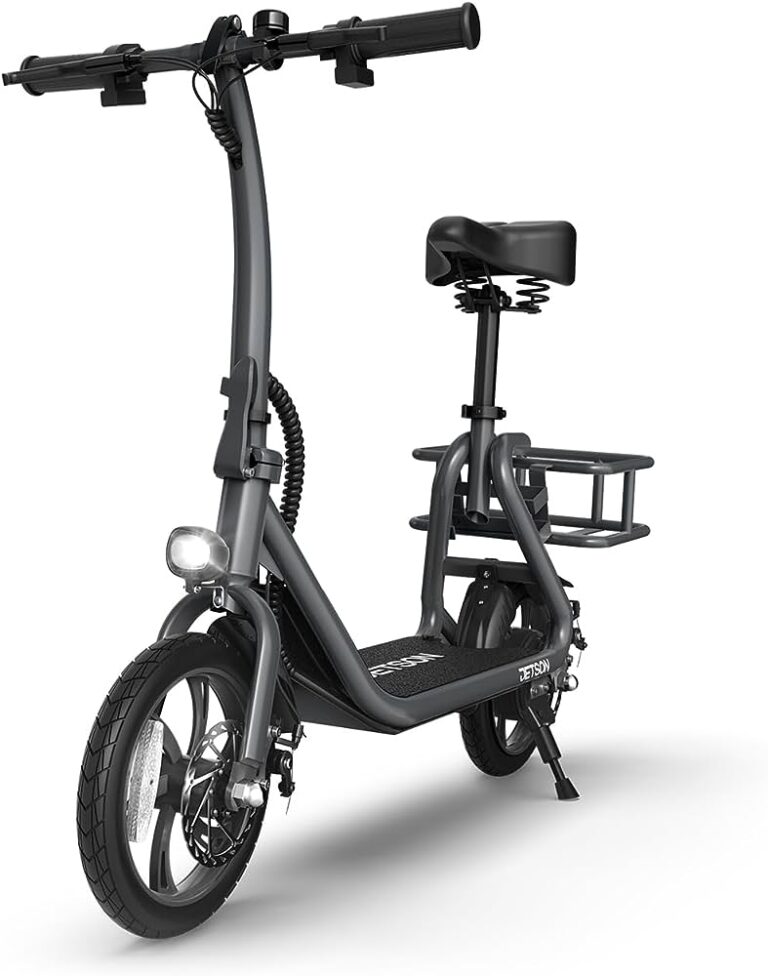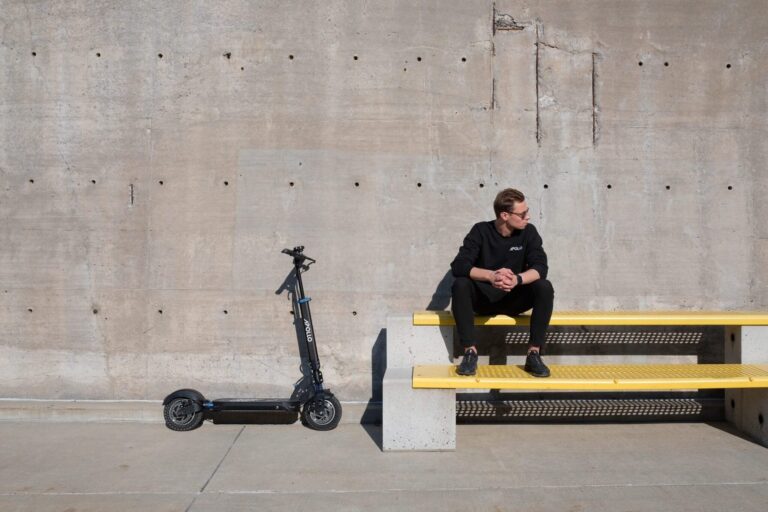Go-Go Scooter Battery Not Charging: Discover 5 Power Tips!
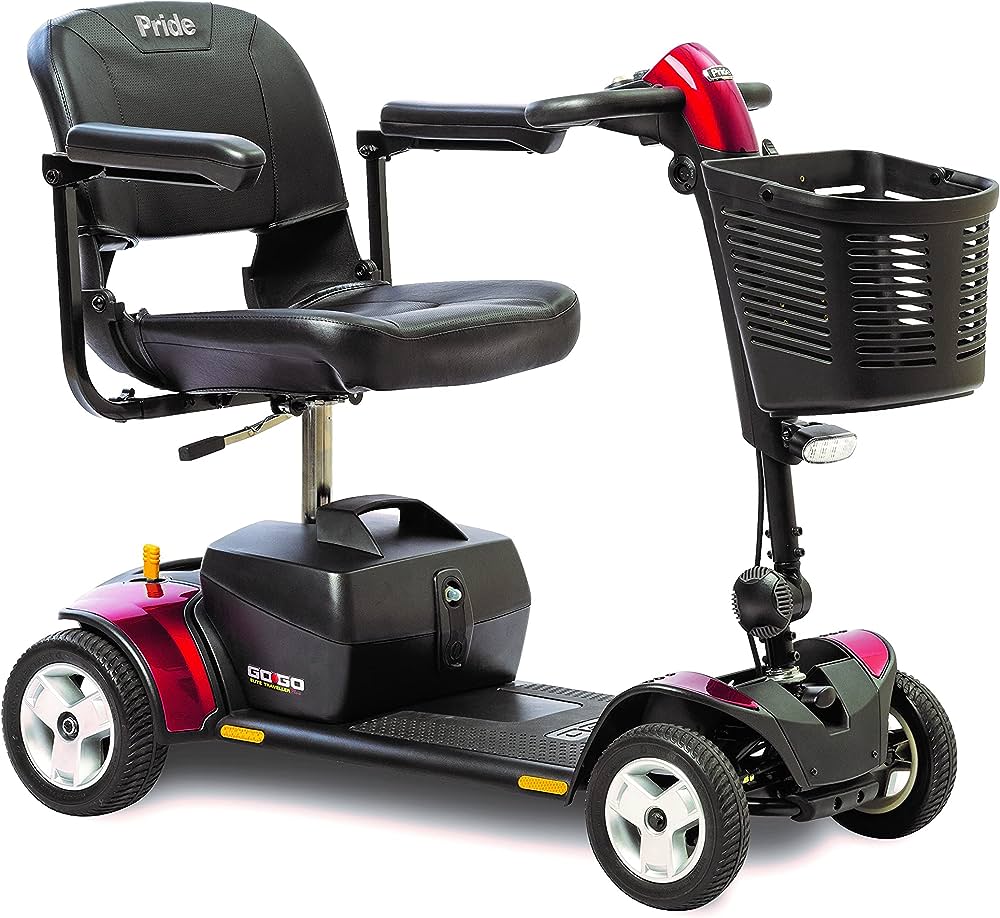
The Go-Go scooter battery may not be charging due to a faulty charging cable or a damaged battery. It is important to troubleshoot and identify the issue to determine the appropriate solution for getting the scooter battery to charge properly.
Introduction (120 words): Go-Go scooters are popular mobility aids for individuals with limited mobility. These scooters provide convenience and independence, allowing users to move around easily. However, a common issue that users may encounter is a battery that is not charging.
When the battery fails to charge, it can be frustrating and limit the scooter’s functionality. To address this problem, it is crucial to identify the root cause, which could be a faulty charging cable or a damaged battery. By troubleshooting and finding the underlying issue, users can take the necessary steps to fix their Go-Go scooter battery and ensure it charges properly. We will explore potential causes for a non-charging battery and provide some troubleshooting tips to resolve the problem.
Common Causes Of Battery Charging Issues
Battery charging issues in Go-Go scooters can be caused by a variety of factors, including a faulty charger, a worn-out battery, or a loose connection. It is important to troubleshoot and address these common causes to ensure your scooter’s battery charges properly for optimal performance.
Loose or faulty connections:
- Loose battery connections: Improperly connected wires between the battery and the scooter can hinder the charging process. Ensure that all connections are tight and secure.
- Faulty wiring: Damaged or frayed wires can disrupt the flow of electricity, causing charging issues. Inspect the wiring for any signs of wear or damage and replace if necessary.
- Corroded terminals: Over time, battery terminals can become corroded, preventing proper charging. Clean the terminals using a mixture of baking soda and water to remove any corrosion.
Battery age or degradation:
- Aging battery: As batteries age, their capacity to hold a charge decreases. If your go-go scooter battery is old, it may not charge fully or have a shorter battery life.
- Battery degradation: Continuous use and frequent charging can lead to battery degradation over time. This can result in reduced charge capacity and overall performance. Consider replacing the battery if it is significantly degraded.
Faulty charger:
- Incompatible charger: Using a charger that is not specifically designed for your go-go scooter can cause charging issues. Ensure that you are using the correct charger for your scooter model.
- Damaged charger: A faulty or damaged charger can prevent proper charging. Inspect the charger for any visible damage and replace if necessary.
- Charging port issues: If the charging port on your go-go scooter is damaged or malfunctioning, it will prevent the battery from charging. Check the charging port for any signs of damage and repair or replace as needed.
Remember to consult the user manual for your go-go scooter for specific troubleshooting steps and recommendations. Resolving battery charging issues will ensure that your scooter remains powered and ready for your next adventure.
Troubleshooting Steps For Battery Charging Issues
Having trouble with your Go-Go Scooter battery not charging? Follow these troubleshooting steps to identify and resolve the issue quickly and efficiently.
If you’re experiencing issues with your Go-Go scooter battery not charging, there are several steps you can take to troubleshoot the problem. By following these steps, you can identify the source of the issue and potentially resolve it without the need for professional assistance.
Below are the key troubleshooting steps to follow:
Checking The Battery Connections:
- Inspect the battery connections to ensure they are securely attached: Loose or corroded connections can prevent proper charging.
- Disconnect and reconnect the battery cables: Sometimes, a simple reconnection can establish a better connection for charging.
- Look for any signs of damage or wear on the battery cables: Damaged cables may need to be replaced.
Testing The Charger:
- Verify that the charger is properly plugged in: Check that the charger is securely connected to both the power outlet and the scooter.
- Examine the charger for any signs of damage: Inspect the charger for frayed wires, bent prongs, or other visible issues that may impede charging.
- Try using a different outlet: In some cases, a faulty electrical outlet can prevent the charger from functioning properly. Testing with a different outlet can determine if this is the issue.
Checking The Battery Voltage:
- Use a multimeter to measure the battery voltage: A low voltage reading may indicate a depleted or faulty battery.
- Compare the voltage reading to the recommended range: Check the user manual or manufacturer’s instructions for the appropriate voltage range.
- If the voltage is below the recommended range, it may be necessary to replace the battery.
Verifying The Charging Port:
- Check the charging port for any obstructions or debris: Sometimes, dirt or debris can prevent proper contact between the charger and the scooter’s charging port.
- Clean the charging port if necessary: Use a soft cloth or brush to remove any dirt or debris that may be obstructing the charging port.
- Ensure that the charging port is not damaged: Look for any signs of physical damage or worn-out connectors that may need replacement.
Remember, troubleshooting battery charging issues can vary depending on the specific scooter model and manufacturer. Consulting the user manual or contacting the manufacturer’s customer support can provide additional guidance tailored to your scooter’s needs. Taking these troubleshooting steps can help you identify and resolve the issue, getting your scooter back up and running in no time.
5 Power Tips For Resolving Battery Charging Problems
Resolve battery charging problems with these 5 power tips for your Go-Go scooter. Ensure a smooth ride by troubleshooting charging issues and keeping your battery in top condition.
Tip 1: Clean And Tighten Battery Connections
- Ensure the scooter is switched off and disconnected from the charger.
- Gently clean the battery terminals using a clean cloth or a solution of baking soda and water.
- Tighten any loose connections using a suitable wrench or screwdriver.
- Reconnect the battery and charger, making sure the connections are secure.
- Turn on the scooter and check if the battery is charging.
Tip 2: Check Charger Functionality And Replace If Necessary
- Verify that the charger is properly plugged into the wall socket and securely connected to the scooter.
- Inspect the charger’s power cable for any damages or fraying.
- Consider using a different power outlet to rule out any issues with the electricity supply.
- If the charger’s LED indicator does not light up or the battery doesn’t charge after a few hours, it may be faulty and require replacement.
Tip 3: Maintain And Care For The Scooter Battery
- Avoid overcharging the battery. Disconnect the charger once the battery is fully charged.
- Store the scooter in a dry and cool environment, away from extreme temperatures.
- Regularly inspect the battery for signs of wear or damage, such as leaks or swelling.
- Keep the battery clean and free from dirt or debris.
- Adhere to the manufacturer’s recommended maintenance schedule, including periodic battery inspections.
Tip 4: Replace The Battery If It Is Old Or Degraded
- Assess the battery’s age and performance. If it is more than a couple of years old or no longer holds a charge effectively, consider replacing it.
- Research and purchase a compatible replacement battery from a reliable supplier.
- Follow the manufacturer’s instructions for installing the new battery.
- Dispose of the old battery properly by recycling it at a designated facility.
Tip 5: Seek Professional Assistance If Troubleshooting Steps Don’T Work
- If you have followed the above steps and the battery still doesn’t charge, it may require professional attention.
- Contact the manufacturer or a certified technician for further assistance.
- Provide them with detailed information about the issue, the troubleshooting steps you have taken, and any relevant history of the scooter’s usage.
- Allow the professionals to diagnose and resolve the problem safely and effectively.
Remember, proper maintenance and care can prolong the lifespan of your scooter battery. By following these power tips, you can resolve battery charging problems and keep your go-go scooter running smoothly for a long time.
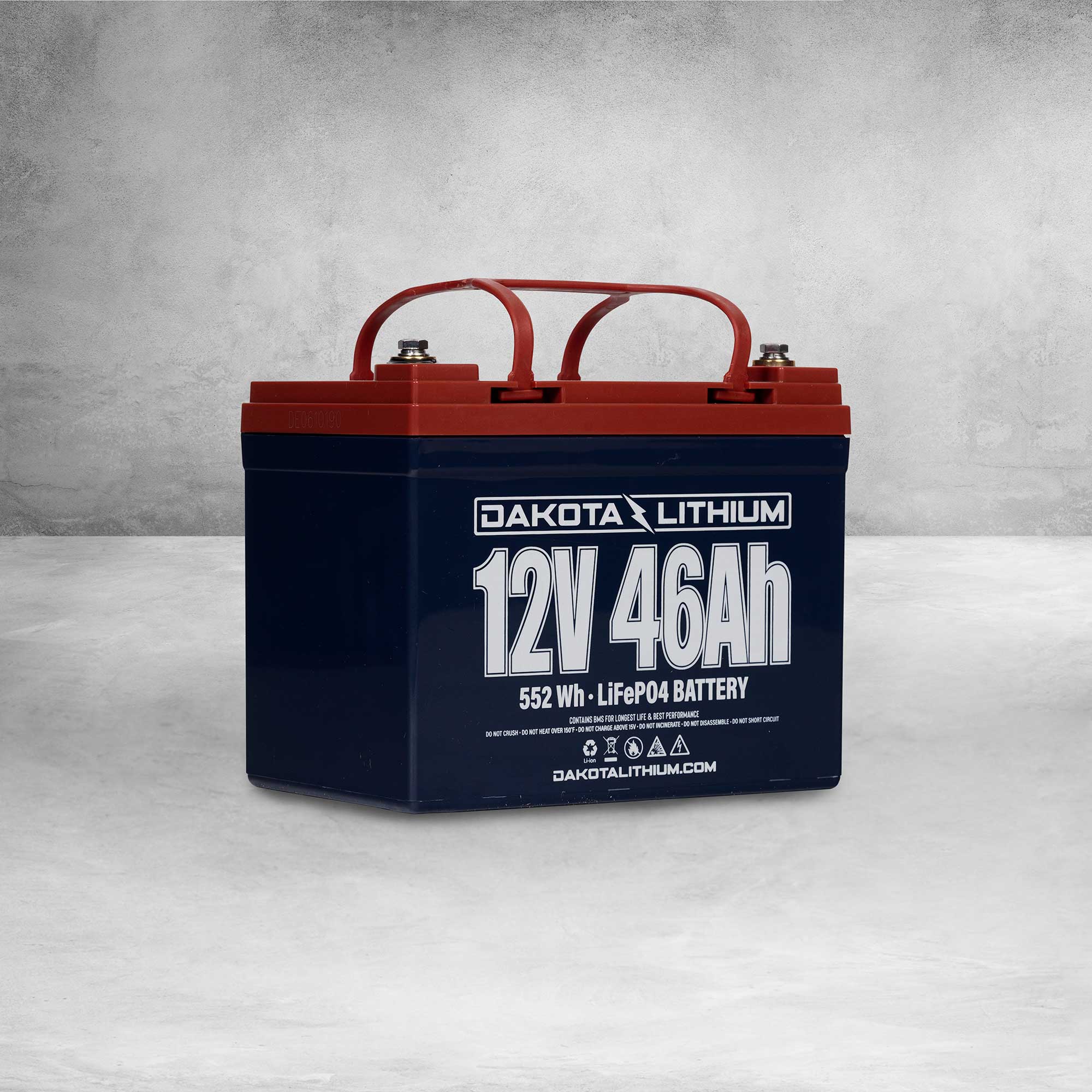
Credit: dakotalithium.com
Frequently Asked Questions On Go-Go Scooter Battery Not Charging
How Do You Fix A Scooter Battery That Won’T Charge?
To fix a scooter battery that won’t charge, check the connections, replace the fuse, or buy a new battery.
How Do I Know If My Scooter Battery Is Bad?
Check the battery level indicator on your scooter. If it’s low and not holding a charge, your battery may be bad.
How Do You Reset An Electric Scooter Battery?
To reset an electric scooter battery, follow these steps: Disconnect the battery, wait for a few minutes, reconnect the battery, and turn on the scooter.
What Is The Reset Button For On A Mobility Scooter Battery?
The reset button on a mobility scooter battery is used to restart or troubleshoot the battery.
Conclusion
If you find that your Go-Go scooter battery is not charging, it can be a frustrating and inconvenient issue. However, understanding the possible causes and solutions can help you resolve the problem and get back on the road quickly. First, ensure that the charging cable is properly connected and that there are no loose connections.
If everything is properly connected and the battery still won’t charge, it might be time to replace the battery. Additionally, make sure to regularly check the battery connections and clean them if necessary to prevent future charging issues. Lastly, consulting with a professional technician or reaching out to the manufacturer for assistance can provide further guidance and support.
By taking these steps, you can address the issue effectively and regain the mobility and freedom that your scooter provides.

